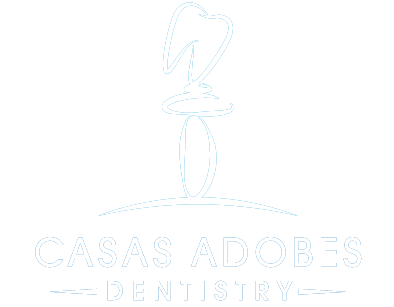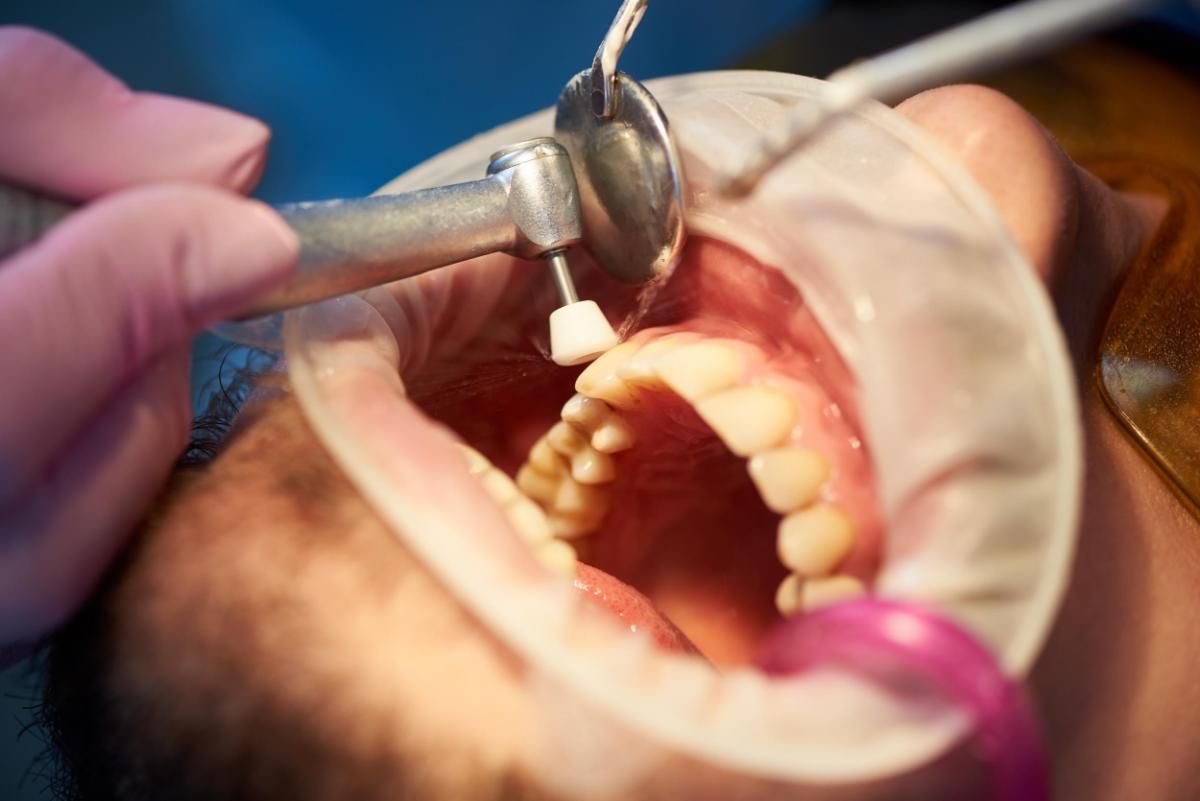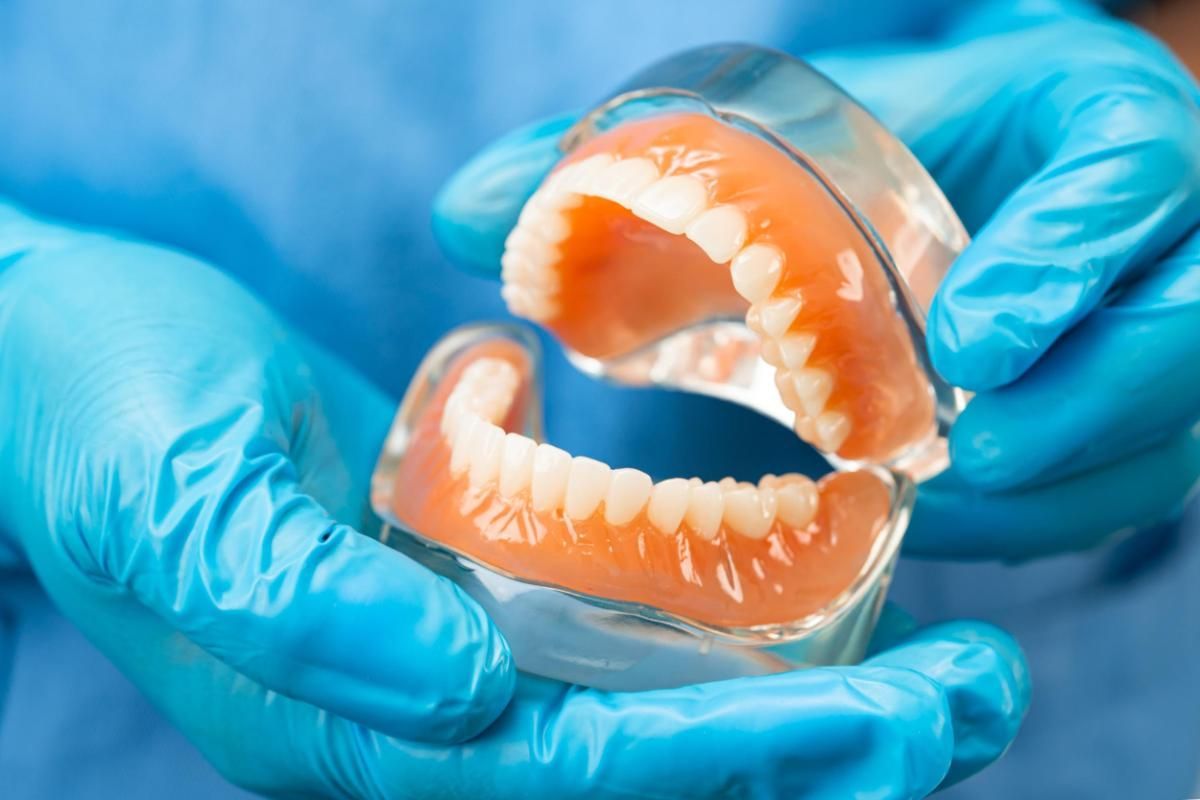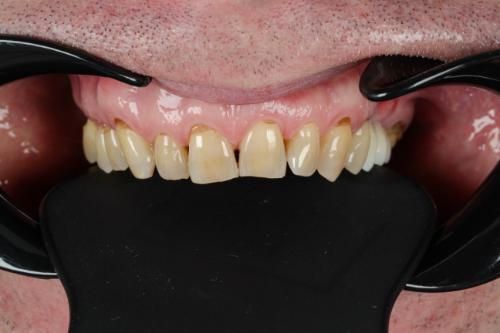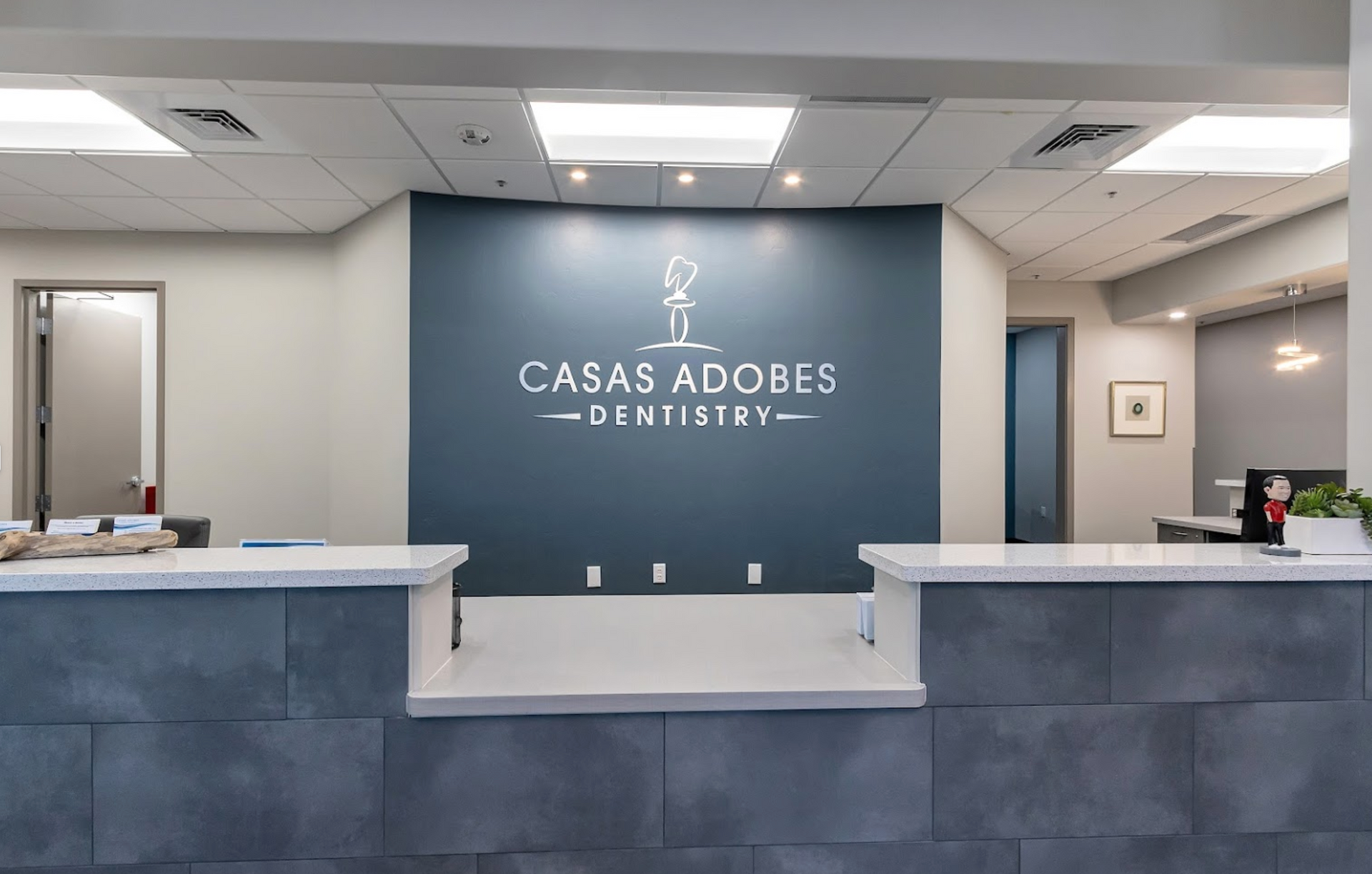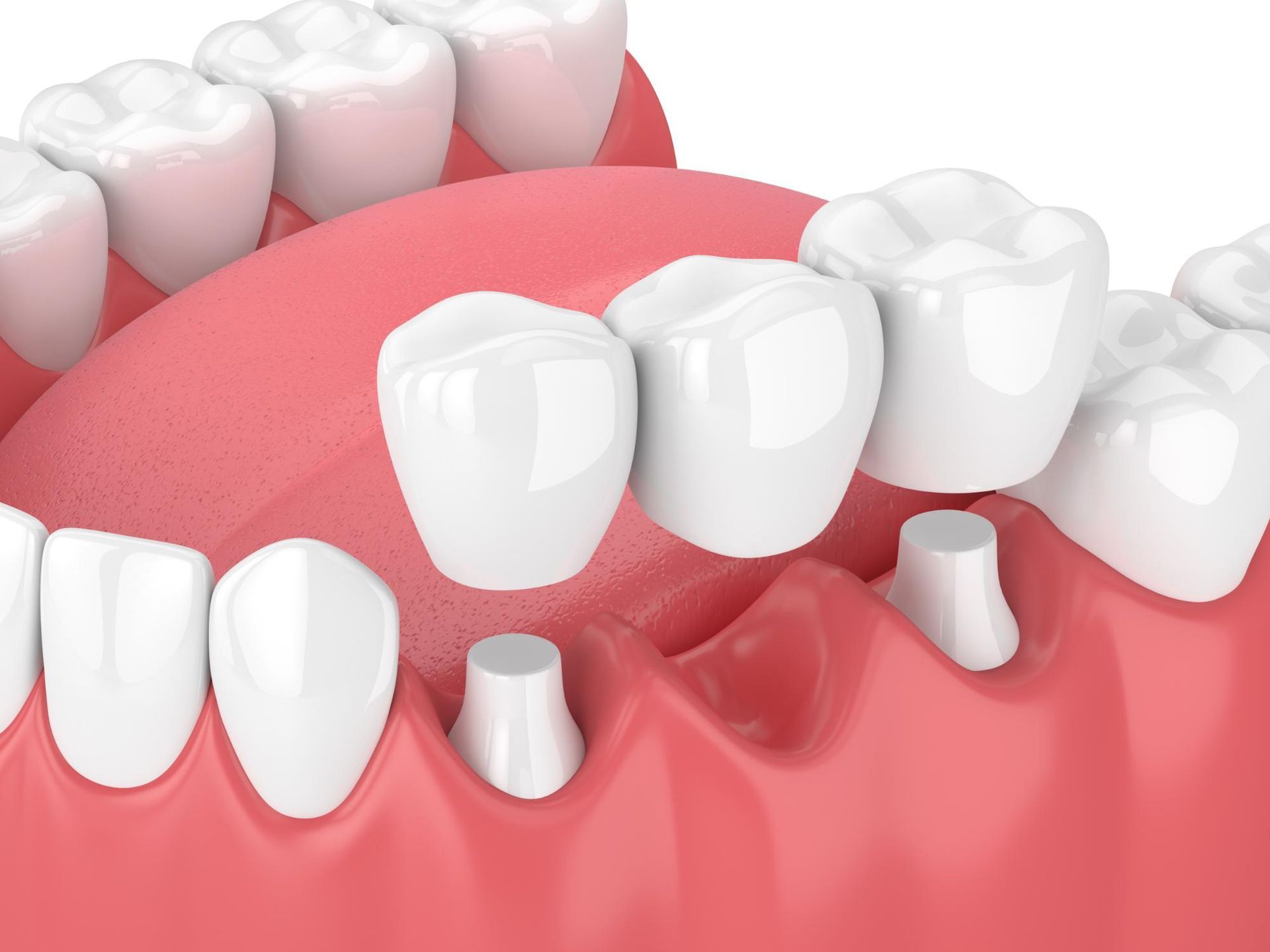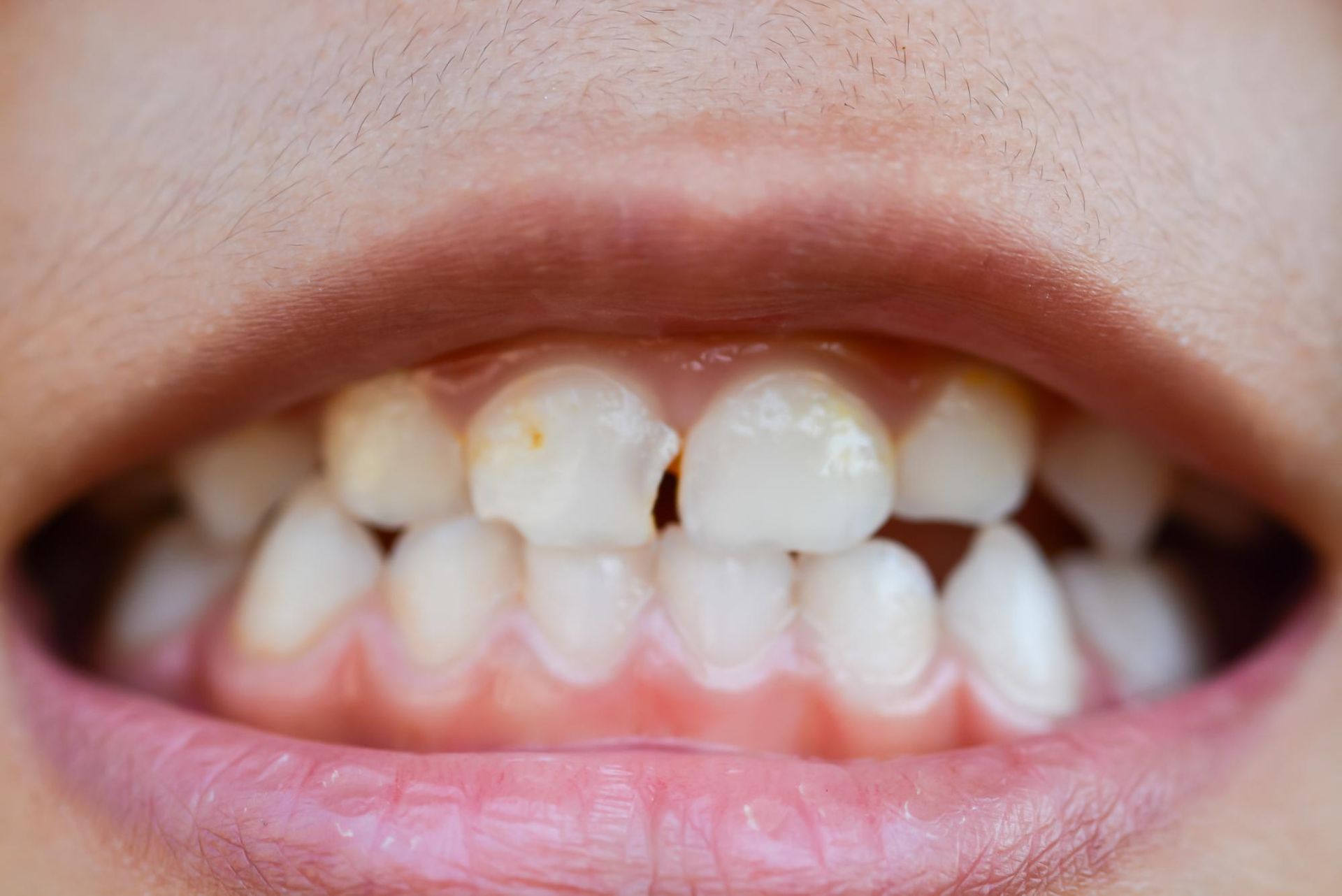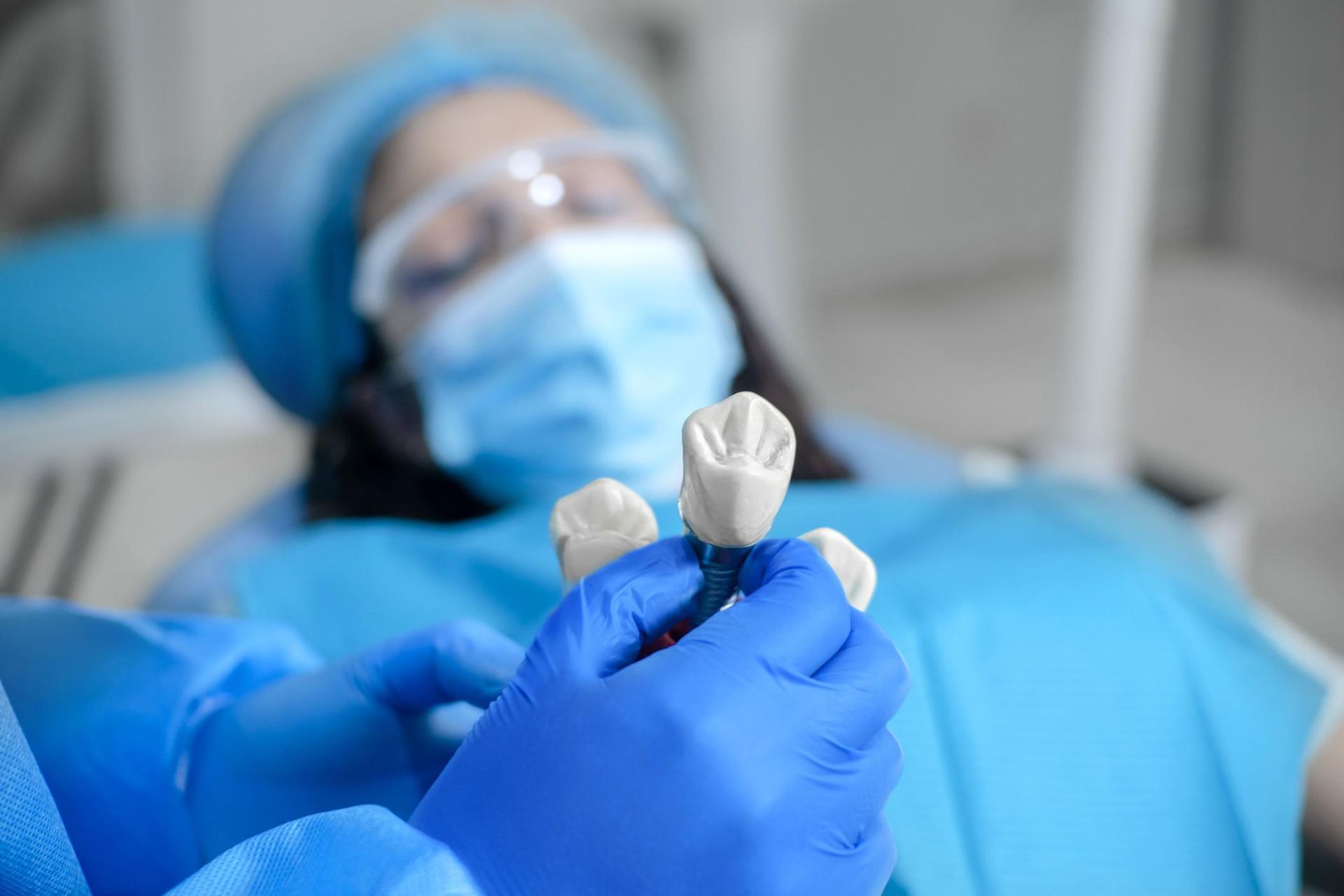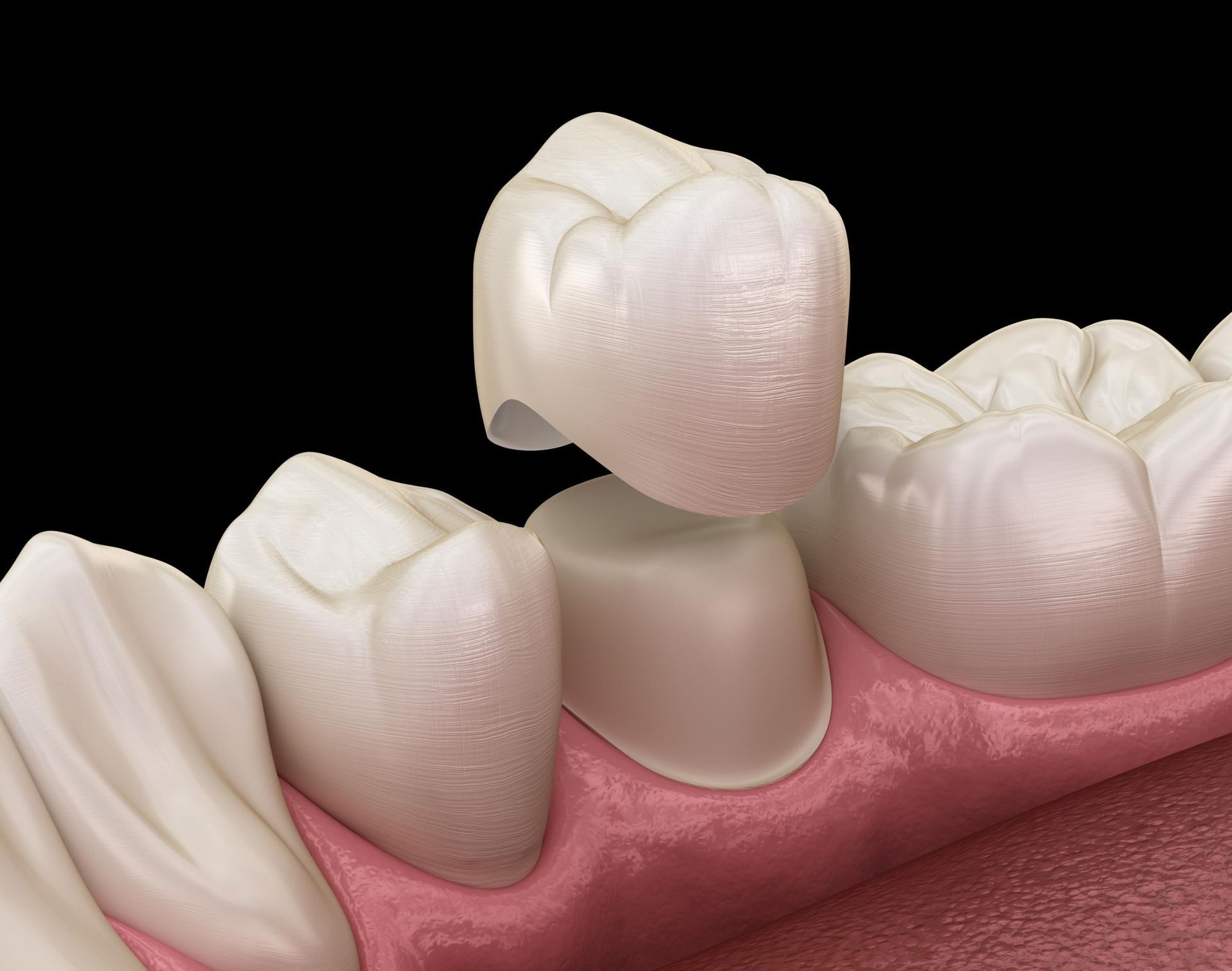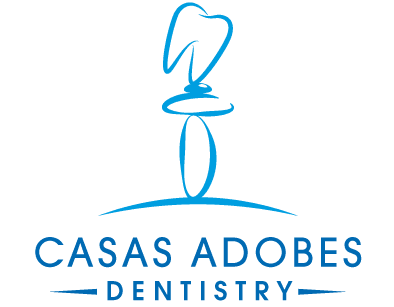(520) 365-0559
7520 N Oracle Rd Suite 200, Tucson, AZ 85704
Serving all of Tucson & Surrounding Areas
Top 4 Types of Dental Cleaning and Why They're Essential

What are the different types of dental cleaning, and when do you need them? In this article, we’ll explore the four main types: Prophylaxis Cleaning, Scaling and Root Planing, Periodontal Maintenance Cleaning, and Gross Debridement.
Key Takeaways
- Prophylaxis cleanings, recommended twice a year, remove plaque and tartar above the gum line, preventing tooth decay and gum disease while maintaining overall oral health.
- Scaling and root planing, or deep dental cleaning, is necessary for treating gum disease by removing plaque below the gum line and smoothing tooth roots to discourage further buildup and promote gum reattachment.
- Periodontal maintenance cleanings, scheduled every three to four months, help manage periodontal disease by thoroughly cleaning teeth and gums, monitoring gum health, and preventing disease recurrence.
Prophylaxis Cleaning: The Routine Dental Cleaning
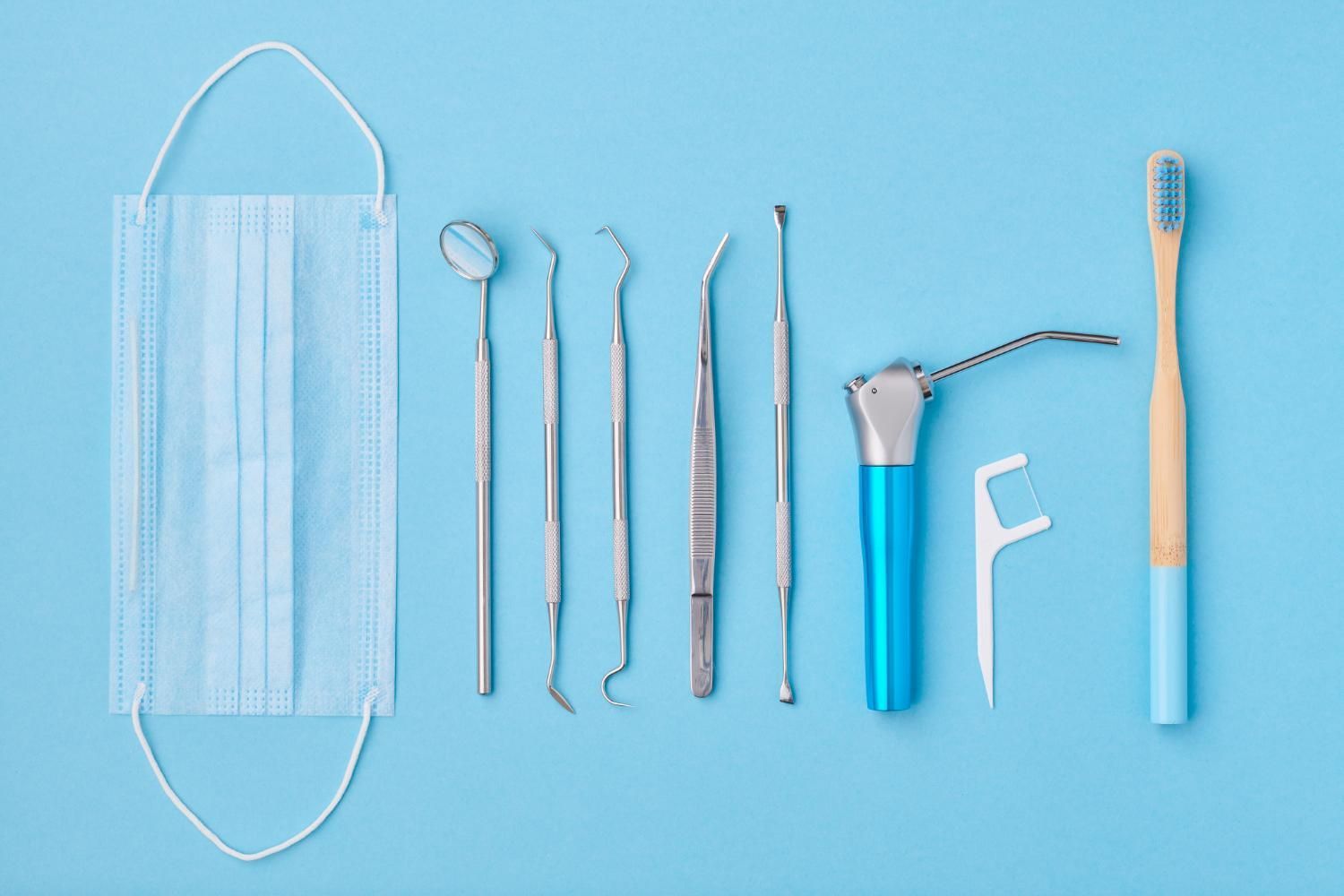
Prophylaxis cleaning, or routine dental cleaning, forms the bedrock of dental health. Carried out biannually, this procedure plays a pivotal role in preserving dental health by:
- Removing plaque and tartar above the gum line through deep cleaning
- Preventing tooth decay and gum disease
- Keeping your teeth clean and robust
- Promoting overall oral health
During a prophylaxis cleaning, a dental hygienist uses specialized tools to:
- Remove plaque and tartar that brushing and flossing at home can’t eliminate
- Maintain the health of your teeth
- Enhance their appearance by removing unsightly stains and restoring your bright smile
- Remove rotting food particles and bacteria that cause bad breath, leaving your mouth feeling fresh and clean.
The American Dental Association recommends that dental patients undergo prophylaxis cleanings twice a year. These routine cleanings are imperative as they:
- Ward off plaque buildup, a sticky film that forms on teeth and provides a haven for bacteria
- Prevent plaque from hardening into tartar, which can lead to periodontal disease and cavities
- Significantly mitigate the risk of dental issues and ensure oral health
Keeping up with a schedule of regular dental exams and cleanings is essential for maintaining a healthy smile.
In essence, prophylaxis cleanings are more than just a routine cleaning procedure; they are a proactive measure to ensure long-term dental health. The benefits of prophylaxis cleanings include:
- Removal of plaque and tartar
- Maintaining dental health
- Averting serious conditions
- Preserving the beauty of your smile.
Scaling and Root Planing: Deep Dental Cleaning
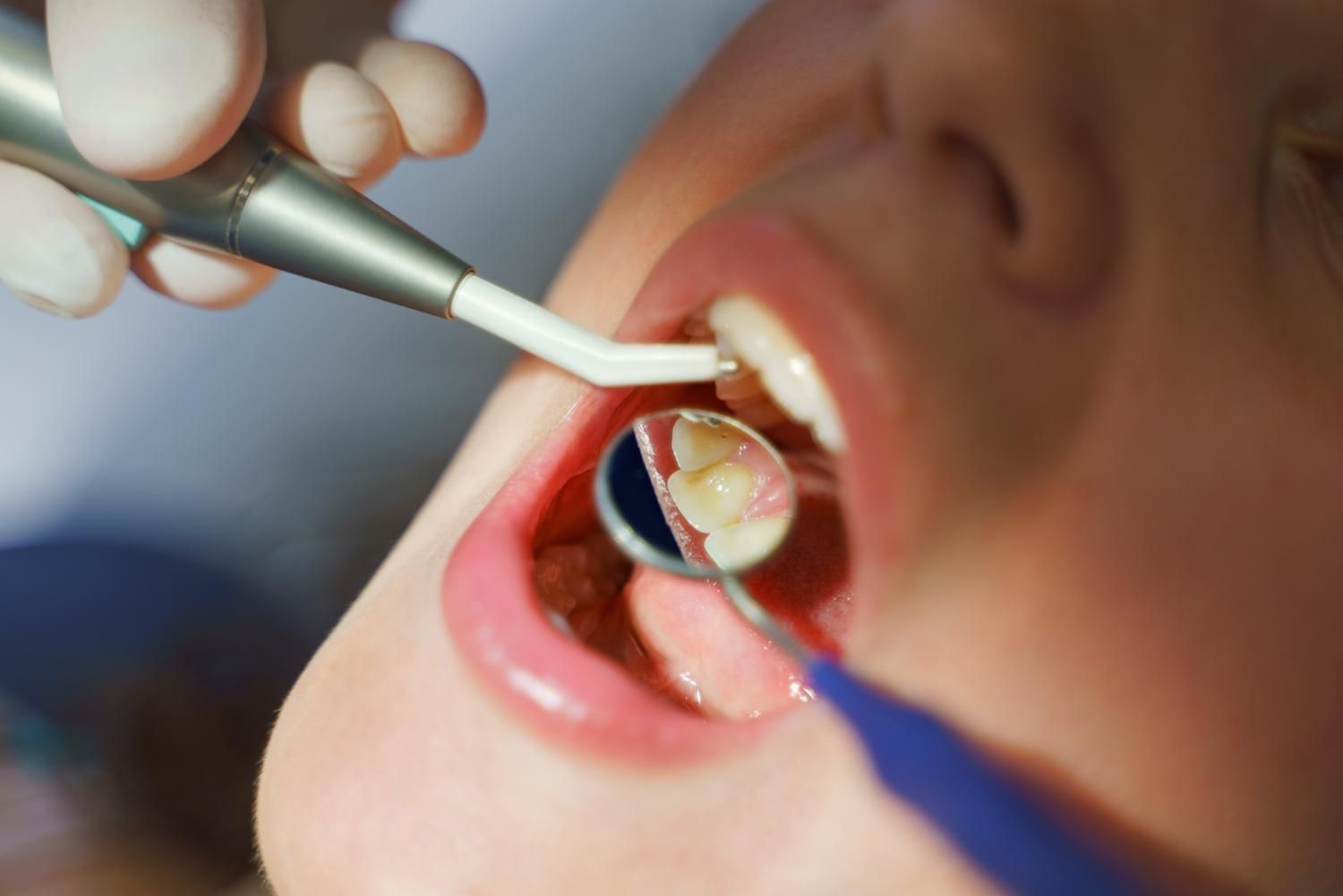
Accumulation of plaque and tartar below the gum line necessitates a more intensive approach. Designed to treat gingivitis and periodontitis, scaling and root planing—also known as deep dental cleaning—focuses on extensive cleaning of teeth surfaces and root smoothing. This procedure is vital for dental patients exhibiting signs of gum disease, including swollen or bleeding gums.
Scaling is a procedure that carefully removes tartar and bacteria from the teeth. It also targets areas beneath the gums to ensure thorough cleaning. Using a dental scaler, the hygienist reaches down to the bottom of the gum pockets to remove all plaque and tartar above and below the gum line. This thorough cleaning helps eliminate the bacteria that cause gum disease and reduces the inflammation of the gums.
By smoothing these surfaces, the gums are encouraged to reattach to the teeth, reducing the size of gum pockets and helping to restore healthy gums. This step is integral in managing advanced periodontal disease and halting its further progression.
Patients with gum measurements of 4 or above, indicating deeper gum pockets, are prime candidates for scaling and root planing. This procedure is not only a treatment for existing gum disease but also a preventive measure to treat gum disease, stop its progression, and maintain healthy teeth and gums.
It is worth noting, however, that deep cleanings can entail potential complications. Receding gums, tooth sensitivity, and infection are a few risks associated with the procedure. Despite these risks, the benefits of scaling and root planing in treating and managing gum disease far outweigh the potential downsides, making it a critical component of oral health care for those with periodontal issues.
Periodontal Maintenance Cleaning: Ongoing Care for Gum Disease
Ongoing care is vital for those diagnosed with periodontal disease. Periodontal maintenance cleaning is specifically designed for patients who have undergone initial treatment for gum disease and need regular follow-ups to manage their condition. This type of cleaning is more frequent and thorough than routine cleanings, focusing on maintaining periodontal health.
Periodontal maintenance cleanings are typically scheduled every three to four months. This increased frequency ensures that:
- Any plaque buildup is promptly addressed
- The health of the gums is closely monitored
- Consistent monitoring plays a central role in warding off a recurrence of periodontal disease and sustaining dental health.
During a periodontal maintenance cleaning, the dental hygienist will:
- Thoroughly clean the teeth surfaces and gum pockets, removing plaque and tartar that may have accumulated since the last visit
- Measure the depth of the gum pockets to assess the progress of the treatment
- Irrigate the pockets with antiseptic medications if necessary to manage bacterial levels and promote healing.
The benefits of periodontal maintenance cleaning are significant. By maintaining regular cleanings and monitoring, patients can effectively manage their gum disease, prevent its progression, and avoid more invasive treatments in the future. This continuity in care is critical for securing long-term oral health and preserving the health of teeth and gums.
For dental patients dealing with periodontal disease, committing to a schedule of periodontal maintenance cleanings is a proactive step towards maintaining good oral hygiene and preventing further dental issues. By undergoing a professional dental cleaning, this type of cleaning not only treats existing conditions but also helps prevent future problems, ensuring that your smile remains healthy and vibrant. Understanding the various types of dental cleanings can help you make informed decisions about your oral health.
Gross Debridement: Intensive Cleaning for Severe Plaque Buildup
Severe plaque and tartar buildup necessitates a more intensive cleaning. Gross debridement, also known as full mouth debridement (FMD), is an extensive cleaning procedure that removes significant plaque and tartar buildup both above and below the gum line. Patients who have missed regular dental cleanings and developed severe plaque buildup often require this procedure.
Gross debridement involves the use of an ultrasonic device or electric scaler, along with various manual instruments, to thoroughly clean the entire mouth. This process is more invasive and comprehensive than standard teeth cleaning, addressing hardened tartar and swollen gums that cannot be managed with routine cleanings. The goal is to remove all plaque and tartar, providing a clean slate for further dental treatments.
Patients with tough, hardened tartar on their teeth or those with swollen gums due to severe plaque buildup are ideal candidates for gross debridement. This procedure is often a prerequisite for diagnosing other dental issues, as it allows the dentist to see the true condition of the teeth and gums. By removing the thick layers of plaque and tartar, gross debridement helps improve overall oral health and sets the stage for more effective treatments.
After a gross debridement procedure, dental patients may need additional treatments depending on the condition of their gums. Follow-up care is typically scheduled four to six weeks later to ensure that the gums are healing properly and to address any remaining dental issues. This step is pivotal in preserving the benefits of the initial cleaning and averts further complications.
In conclusion, gross debridement is an indispensable procedure for individuals with severe plaque buildup. It provides a thorough cleaning that is essential for improving oral health and preparing the mouth for further dental treatments. By addressing severe plaque and tartar, gross debridement helps pave the way for a healthier, more manageable oral hygiene routine.
Maintaining Oral Health Between Cleanings
While professional dental cleanings are indispensable, it is equally important to maintain oral health between visits. Daily practices such as brushing your teeth twice with fluoride toothpaste help strengthen enamel and prevent tooth decay. Additionally, cleaning between your teeth using dental floss or interdental brushes removes plaque that accumulates in hard-to-reach areas.
Limiting sugar intake is another critical step in maintaining oral health. By reducing your sugar consumption, you can decrease the risk of cavities and other dental issues.
Here are some tips to help you reduce your sugar intake:
- Choose water or unsweetened beverages instead of sugary drinks.
- Opt for fresh fruits instead of sugary snacks.
- Read food labels and choose products with less added sugar.
- Limit your consumption of sugary desserts and treats.
In addition to reducing sugar intake, drinking fluoridated water throughout the day also helps protect your teeth by continuously exposing them to fluoride, which strengthens enamel and prevents decay.
Consistent dental visits are fundamental in early detection of potential problems and in preventing the need for more invasive treatments like full mouth debridement. By adhering to a schedule of routine dental cleanings and exams, you can ensure that your teeth and gums remain healthy and avoid the complications associated with severe plaque buildup.
A combination of maintaining good oral hygiene at home and regular professional cleanings is the secret to achieving and maintaining a healthy, radiant smile. By following these simple steps, you can prevent dental issues and enjoy the benefits of good oral health for years to come.
Summary
In conclusion, understanding the different types of dental cleanings and their importance is crucial for maintaining oral health. From routine prophylaxis cleanings to more intensive procedures like scaling and root planing, periodontal maintenance cleaning, and gross debridement, each type of cleaning plays a vital role in preventing and treating dental issues.
By committing to regular dental cleanings and maintaining good oral hygiene practices at home, you can ensure that your teeth and gums remain healthy and strong. Remember, a healthy smile is not just about aesthetics; it’s a reflection of your overall health and well-being. So, take charge of your dental care and enjoy the benefits of a bright, healthy smile.

Frequently Asked Questions
How often should I get a prophylaxis cleaning?
You should get a prophylaxis cleaning every six months to maintain healthy teeth and gums.
What is the difference between scaling and root planing and routine cleaning?
The main difference between scaling and root planing and routine cleaning is that scaling and root planing removes plaque and tartar from below the gum line, while routine cleaning focuses on removing plaque above the gum line. Therefore, scaling and root planing go deeper to address gum disease than routine cleaning.
How often do I need periodontal maintenance cleanings?
You should get periodontal maintenance cleanings every three to four months if you have gum disease. This helps control the progression of the disease and maintain oral health.
What is gross debridement and when is it necessary?
Gross debridement is a deep cleaning procedure that is necessary for patients with severe plaque buildup due to irregular dental cleanings and significant plaque and tartar development.
What can I do to maintain oral health between dental cleanings?
To maintain oral health between dental cleanings, remember to brush your teeth twice a day, floss daily, limit sugar intake, drink fluoridated water, and visit your dentist for regular checkups.


Ready to Experience Exceptional Dental Care?
Your journey towards a healthier, brighter smile starts here. Call us today at (520) 365-0559 to schedule your appointment or request a consultation online. Join the Casas Adobes Dentistry family and let us take care of your dental needs with the compassion and expertise you deserve.


Contact Information
Request an Appointment
For more information about our services or to schedule an appointment, call us at (520) 365-0559 or complete the form below we’ll get back to you as soon as we can.
We are on Oracle Rd. just north of Ina Rd in the same complex as Retina Associates which you can see on the right when you are traveling north. We are south of Suffolk Dr. on the East side of Oracle Rd. You may have to make a U-Turn when traveling south from Magee Rd
Popular Services
Quick Links
All Rights Reserved | Casas Adobes Dentistry
